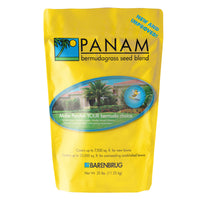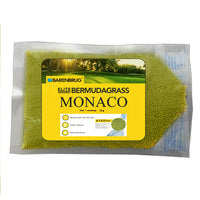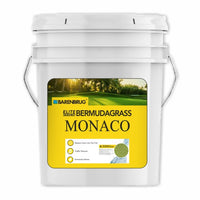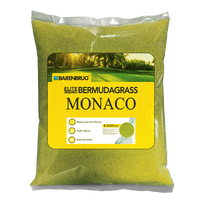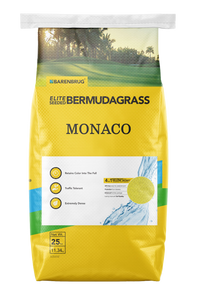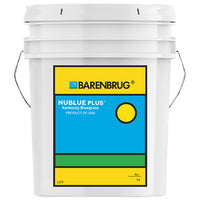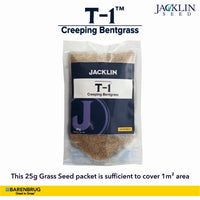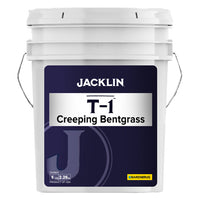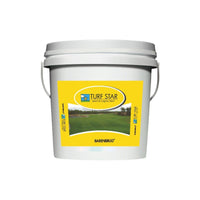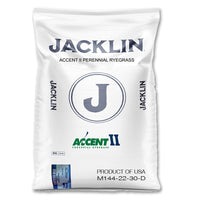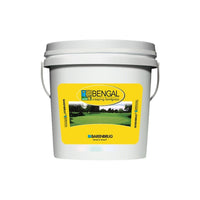Monsoon brings relief from the scorching summer sun—not just to us, but to our plants as well. Wait, don't be deceived! Though rain appears to be a blessing, it is so easily a curse if not dealt with wisely. Waterlogging, fungal infections and insects come complimentary with all that natural irrigation. So how do you enjoy the rain while keeping your plants safe and thriving? Let’s break it down.
Knowing How Monsoon Affects Plants
Advantages of Monsoon Rain to Plants
Rainwater is soft and slightly acidic and salt- and chemical-free compared to tap water. That is, your plants receive the purest form of water. The humidity also promotes quicker growth for tropical plants.
Problems Plants Encounter During Monsoon
But all is not well. Too much water = damp soil = rotting roots. Add pests, fungus and poor sunlight and your garden can go from lush to mush quickly.
Preparing Your Garden for the Monsoon
Enhance Drainage in the Soil
Create Raised Beds: Raising the garden beds can avoid water stagnation.
Include Sand or Cocopeat: These enhance percolation of water and minimize soginess.
Select the Suitable Pots
Drainage Holes Are Essential: Water should never collect at the bottom.
Terracotta vs. Plastic: Terracotta pots soak up excess moisture, so they are more suitable for monsoons than plastic.
Intelligent Watering Tips for Rainy Days
Lessen Watering Frequency
If it rains each day, don't water. Your plant roots can only take so much.
Check Soil Moisture
Stick your finger 1 inch into the ground—if it is moist, don't water. Use a moisture meter for accuracy.
Use Mulch to Guard Roots
Mulch is like a protective cover, discouraging soil erosion and helping control moisture.

Handling Fungal and Bacterial Infections
Common Monsoon Plant Illnesses
Powdery mildew, blight and root rot are common monsoon frequent flyers.
Natural Remedies and Sprays
Herbal spray or dish soap water spray to use as a natural fungicide.
Importance of Plant Spacing for Air Flow
Plants that are too close together trap moisture—keep them at arm's length to allow air to flow and stop fungal growth.
Pest Control During the Monsoon
Watch Out for Mealybugs, Snails and Slugs
These creatures love moist weather and will feast on your greens if you’re not careful.
Herbal Sprays and Neem Oil
Use Herbal Extracts solution or Neem oil as they are superhero in monsoon gardening. Spray it every 7–10 days.
Supporting Your Plants
Use Plant Stakes for Weak Stems
Rain can bend or break fragile stems—prop them up using bamboo sticks or plastic stakes.
Trim Overgrown Branches
Remove heavy growth that holds water and attracts fungus.
Fertilizing in Monsoon
When and How to Fertilize
Fertilize only during a dry patch—moist soil + fertilizer will burn roots.
Use of Compost and Organic Fertilizers
Use vermicompost or banana peels to provide nutrition without chemicals.

Special Tips for Indoor Plants in Monsoon
Don't Overwater Indoor Plants
They need less water than you realize, particularly with ambient humidity.
Place Them in Sunny, Indirect Light
Monsoon clouds restrict sunlight—place indoor plants close to sunny windows.
Avoid Fungal Growth on Pots
Regularly clean pots and keep trays free of stale water.
Gardeners' Most Frequent Monsoon Mistakes
Overwatering
Your plants are not swimming fish—do not drown them.
Not Paying Attention to Drainage
Inspect all pots for blockages. Trapped water is a disease harbour.
Not Regularly Checking for Pests
A weekly check on pests is your best bet.
Treatments and Tips
Soap Water for Pest Control
5 ml liquid soap in 1 Liter water will kill aphids and mealybugs in the early stages.
Banana Peel Fertilizer
Burial of chopped banana peels in pots for the release of potassium and phosphorus or use mild fertilizers rich in potassium and phosphorous.
Best Plants to Cultivate During Monsoon

Flowering Plants
Hibiscus, jasmine and marigold adore rains.
Herbs
Coriander, lemongrass, basil and mint do well in rainy weather.
Vegetables
Okra, spinach, beans and gourds grow healthy and quick.
Product-related queries Chat with us. -
Monsoon Gardening Checklist
Weekly Care Routine
- Verify soil moisture
- Check for pests and fungus
- Cut dead leaves
- Clean pot trays
Tools and Supplies to Keep Ready
- Neem oil
- Pruning scissors
- Moisture meter
- Cocopeat
- Organic fertilizer

Conclusion
Monsoon can be a time of magic for your garden if you play your cards correctly. Let nature do its work, but watch drainage, pests and fungal growth. By balancing the right amount of care and natural solutions, your plants will prosper and radiate with health-even in the face of cloudy weather.
FAQs
1. What is the best fertilizer to use in monsoon?
Use organic compost or vermicompost—chemical fertilizers can wash away with rain.
2. How do I stop waterlogging in pots?
Ensure pots have enough drainage holes and use gravel at the bottom.
3. Are there any specific monsoon flowers to grow?
Yes! Marigold, hibiscus and balsam do really well during rains.
4. What’s the best time to water during the rainy season?
Early morning, only if the soil is dry and no rain is forecasted.
5. Can I prune my plants in the monsoon?
Light pruning is okay to remove dead or fungal-affected parts.


